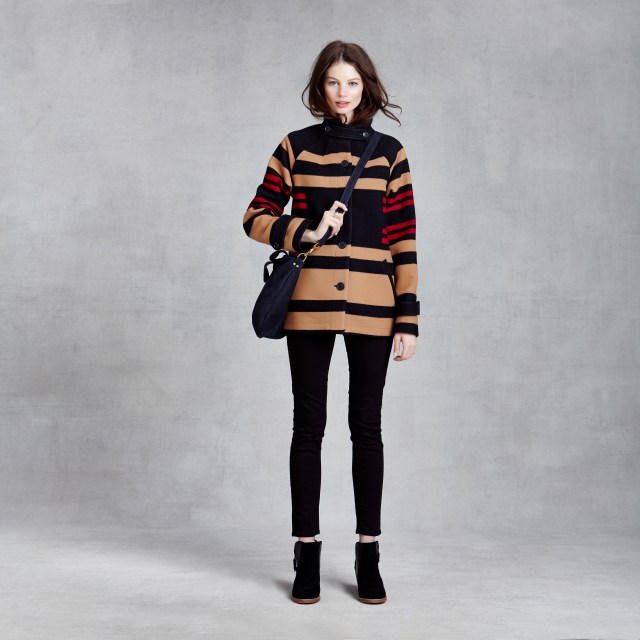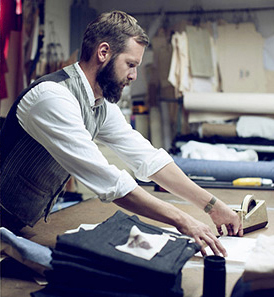A new ecommerce site called Zady is bringing the conscious consumerism movement to the online retail space by showing shoppers exactly where the goods the carry come from. To that end, the site aims to blend commerce with storytelling in the form of brand profiles and lifestyle articles.
Zady — a word that with a slight spelling tweak means “grandfather” in Yiddish and “prosperous” in Arabic — carries a range of artisanal women’s and men’s clothing, along with home and office supplies. The focus is on beautifully made products from smaller-scale makers, like Nashville’s denim brand Imogene + Willie.
The company is a joint project between Foodspotting co-founder Soraya Darabi and Maxine Bédat, the founder of The Bootstrap Project, who have been friends since high school. Zady raised a $1.35 seed round in March prior to the site’s launch.
While Americans have shown a growing interest in knowing the origins of their food and in buying locally, the mechanisms of clothing production are still relatively opaque. A handful of companies including Nudie Jeans and Nike have exposed their own supply chains through interactive maps, but they are in the vast minority. And clothing is much more complicated than fruit: the cotton for a t-shirt might be grown in one locale, shipped to another for dyeing, and yet another for production.
Like other retailers seeking a greater level of transparency, Zady’s site maps each product geographically, dropping a pin on the brand’s headquarters and then extending lines to the source material and manufacturing locations. Although inventory is international, Zady does promote American-made products in particular.
“Production has moved so far overseas,” Darabi said. “In our parents generation, JFK allowed 5% of design apparel to be designed overseas, and now it’s 95% plus. For shoes it’s 99%.”
Zady will clearly appeal to those Whole Foods-type shoppers looking to use their consumer dollars to have a say in the manufacturing process (either practically or symbolically). The products on the site are good threads, though, and with a price point similar to that of J.Crew, Zady could very well capture a broader audience that’s simply looking for quality, classic designs.
 The site’s content-commerce model is not unheard-of in the online retail world. AHAlife also tells the stories of the little-known brands it carries and fleshes out the lifestyle side of its label with auxiliary stories that aren’t meant to push product. Zady launched with features on work-life integration and the history of denim, stories that both speak to the brand’s philosophy and give visitors a reason to stay on the site a bit longer.
The site’s content-commerce model is not unheard-of in the online retail world. AHAlife also tells the stories of the little-known brands it carries and fleshes out the lifestyle side of its label with auxiliary stories that aren’t meant to push product. Zady launched with features on work-life integration and the history of denim, stories that both speak to the brand’s philosophy and give visitors a reason to stay on the site a bit longer.
“Content is key and a very important part of what we’re building,” Bédat said. “There are stories for every single product that we’re creating. There’s additional content that Soraya is focused on that really speaks to our reader and to the general conscious consumption lifestyle.”
With reputable, paid journalists coming on board to write, Zady is working on producing high-quality content, which will undoubtedly help solidify the brand and its mission in shoppers’ minds. It seems unlikely that these sites will become media destinations in their own right, no matter how much original content they generate, but they are a nice add-on for shoppers who are already there.
It’s the online equivalent of the coffee table books in Warby Parker’s office showroom. It helps the shopper complete the picture of their aspirational Zady life.
“[Our] brand couldn’t be Zady without these stories,” Darabi said. “Unless you actually dig into who they are, you miss the emotional connection.”
